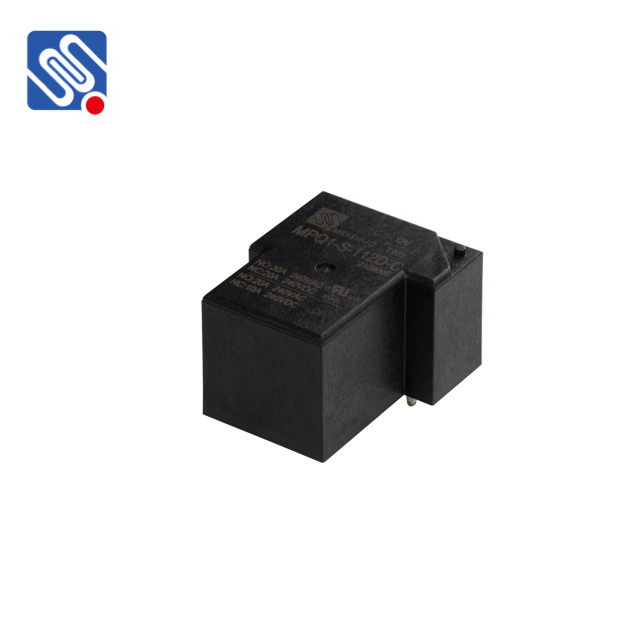A 12V DC relay is a type of electromechanical switch commonly used in various electronic systems to control high-voltage or high-current circuits with a low-voltage signal. By using an electromagnetic coil, the relay can open or close electrical contacts, allowing a low-power control signal to activate or deactivate larger, more powerful devices. This article explores the principles behind 12V DC relays, their applications, and the advantages they offer in modern electronic and electrical systems.

The Working Principle of a 12V DC Relay At the heart of a 12V DC relay is the electromagnetic coil that generates a magnetic field when an electric current is applied to it. The relay typically consists of two primary parts: the coil and the contacts. The coil is powered by a 12V DC voltage and, when energized, creates a magnetic field that moves an armature. This armature, in turn, either closes or opens the relay contacts, allowing or interrupting the flow of electricity in the connected circuit. When the coil is powered, the electromagnetic force pulls the armature toward the coil, causing the normally open (NO) contacts to close and completing the circuit. Conversely, when the coil is de-energized, the armature is released, and the NO contacts open again. Some relays feature normally closed (NC) contacts, which are closed when the relay is not powered and open when energized. The specific arrangement of the contacts and the relay’s configuration can vary depending on its design, with some relays offering single-pole double-throw (SPDT) or double-pole double-throw (DPDT) contact options for more complex switching.
Leave a Reply